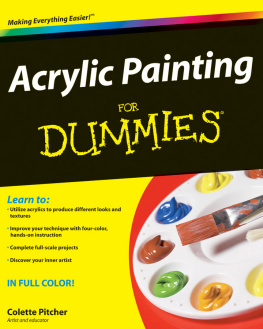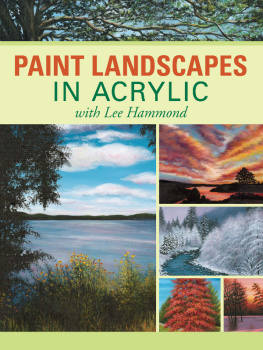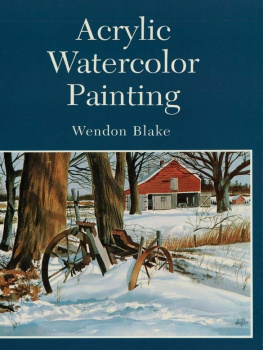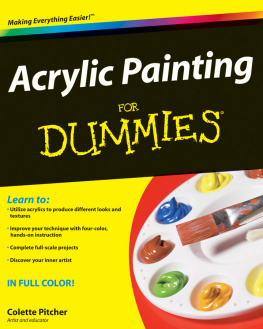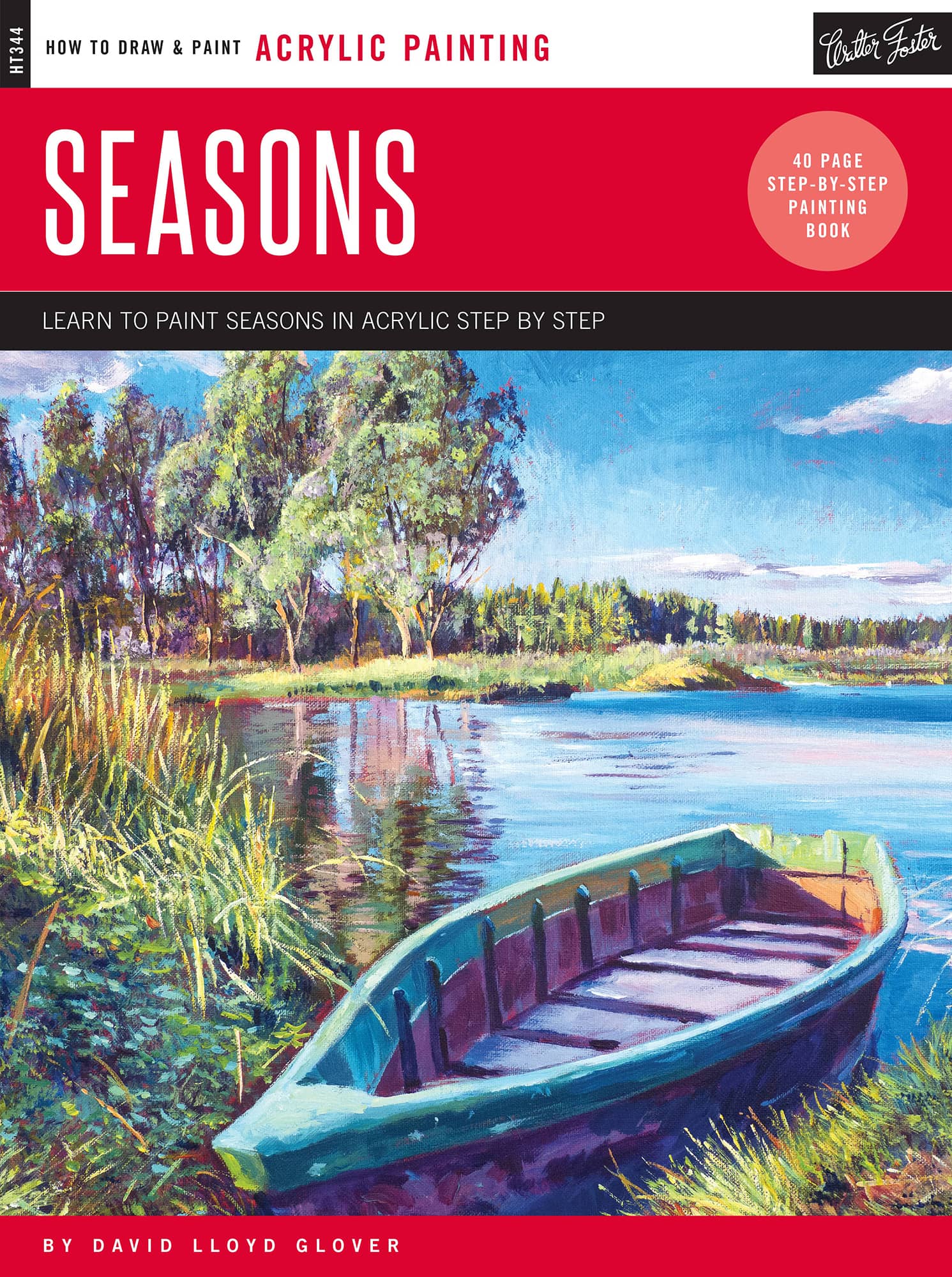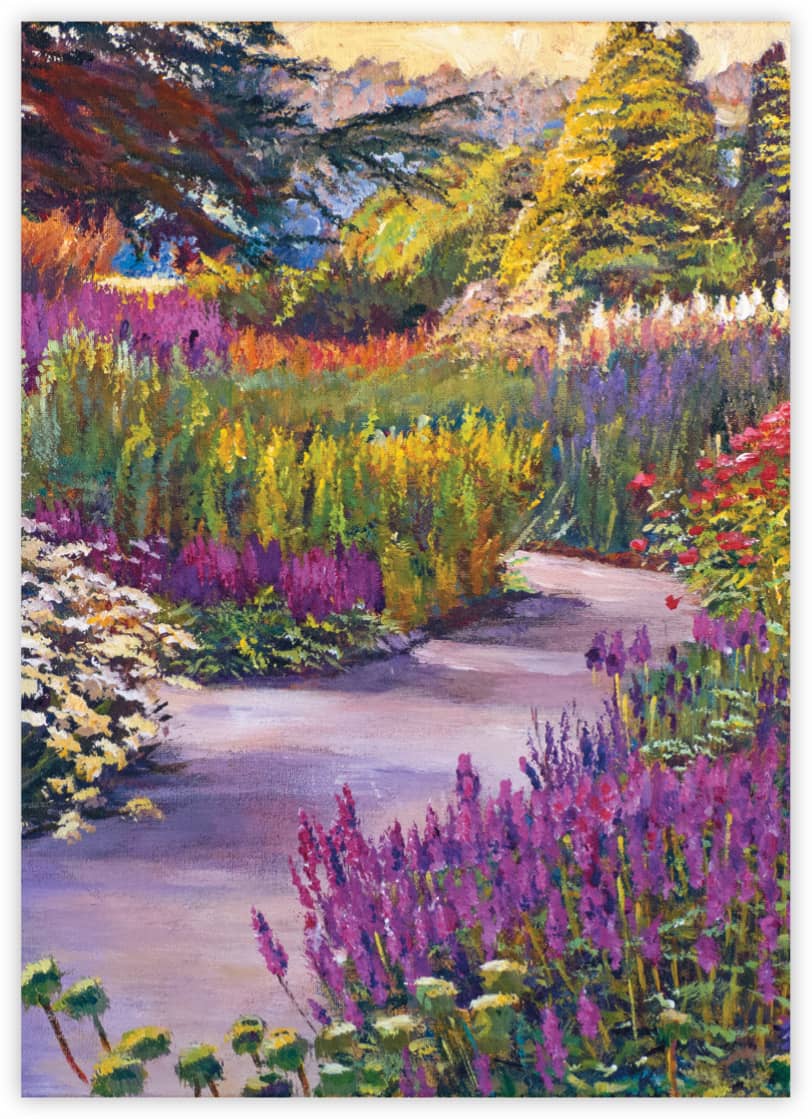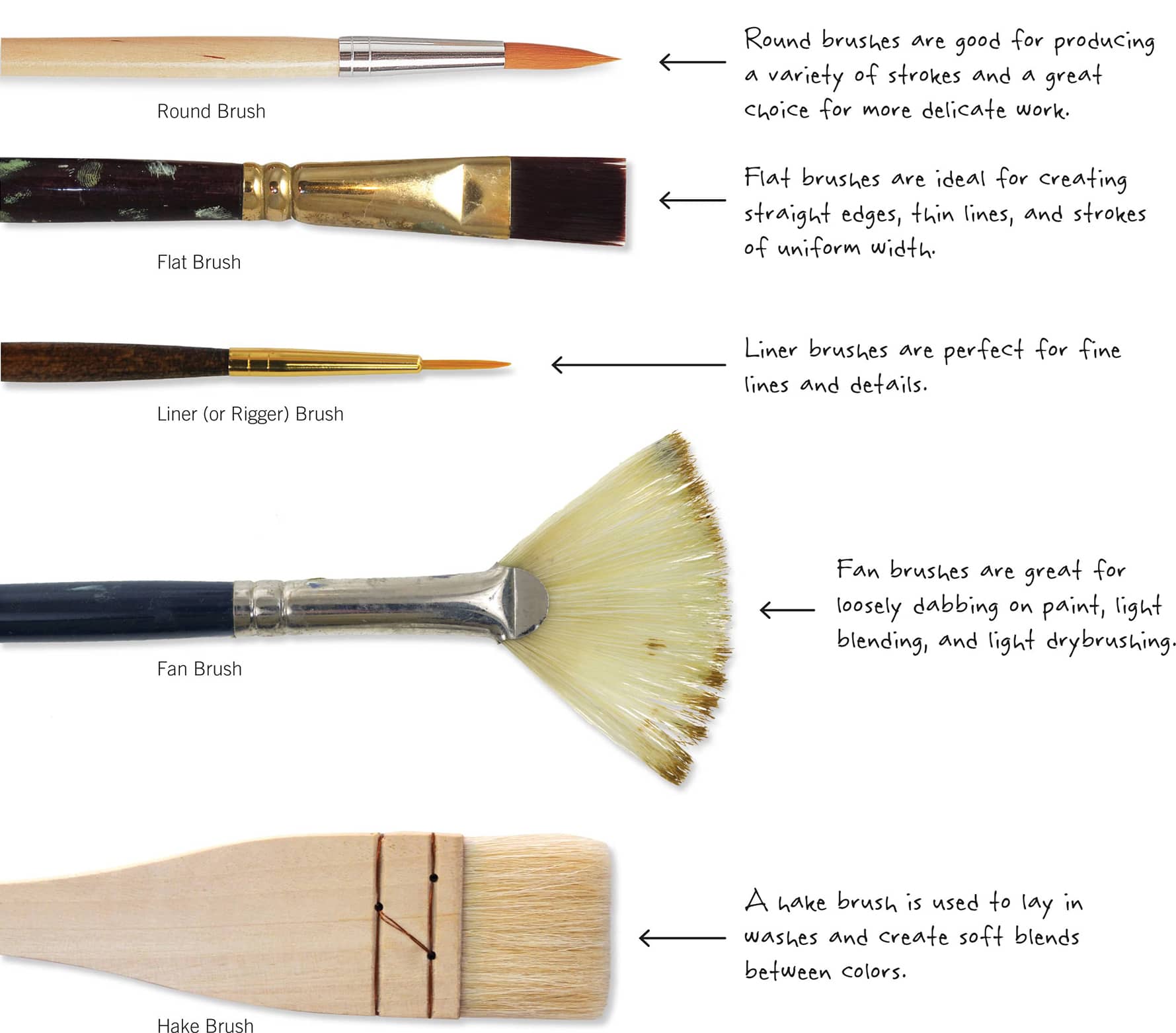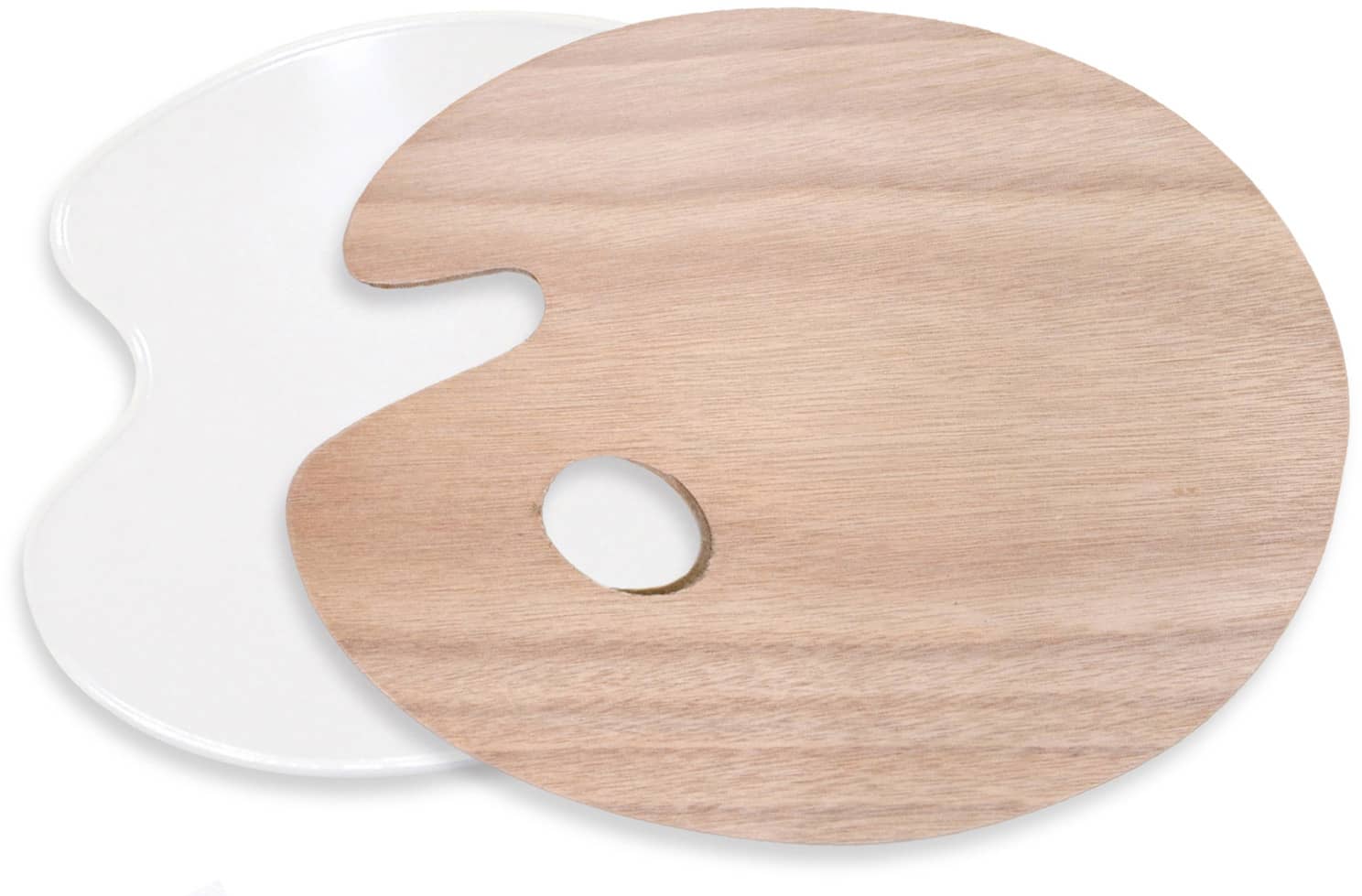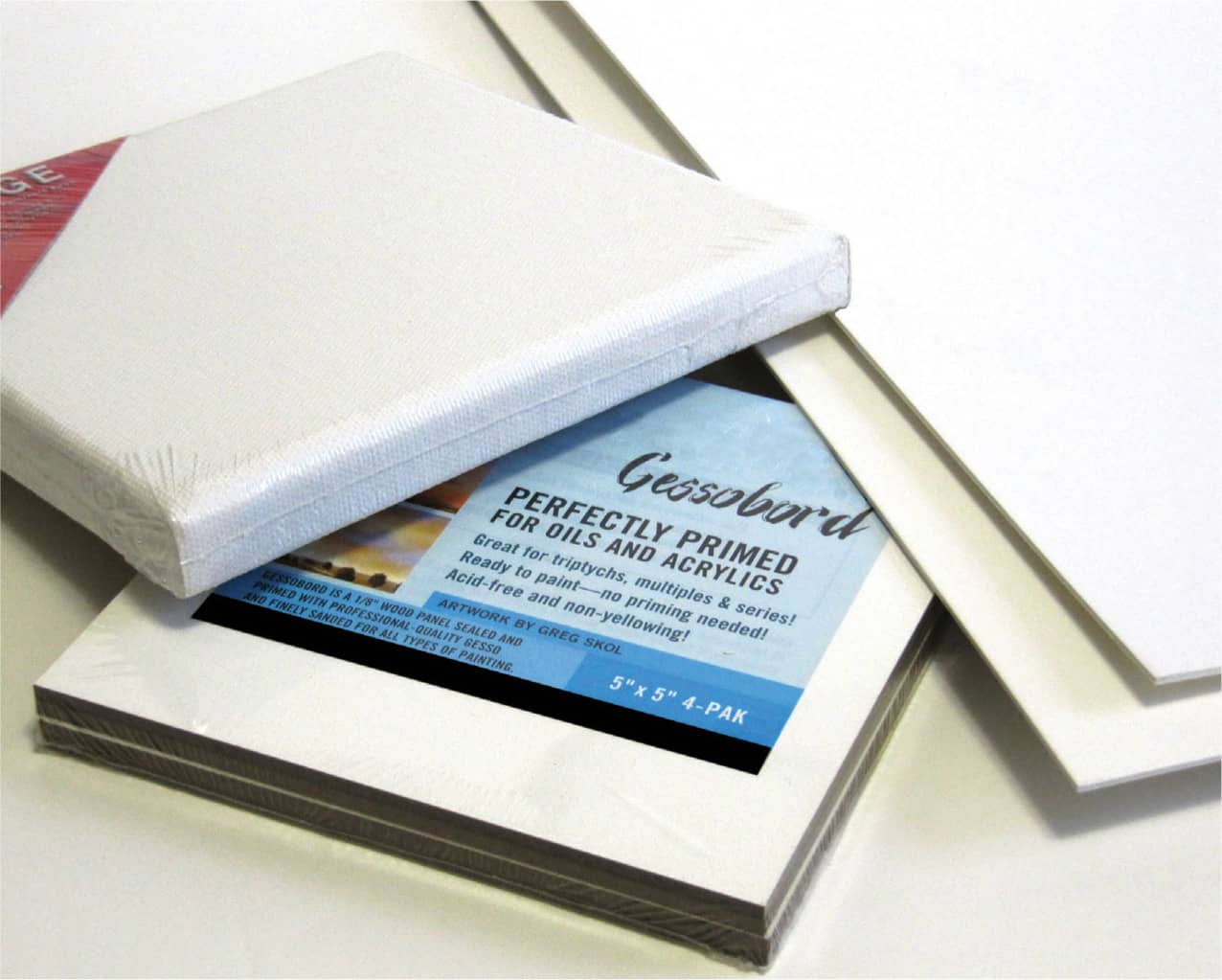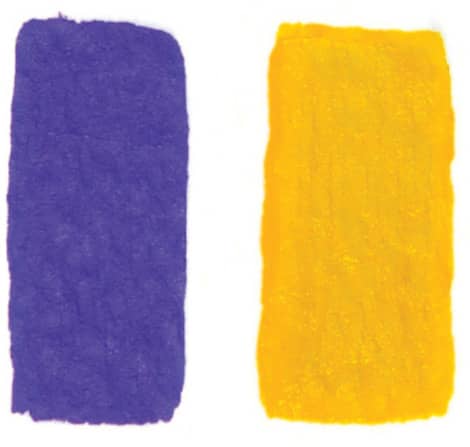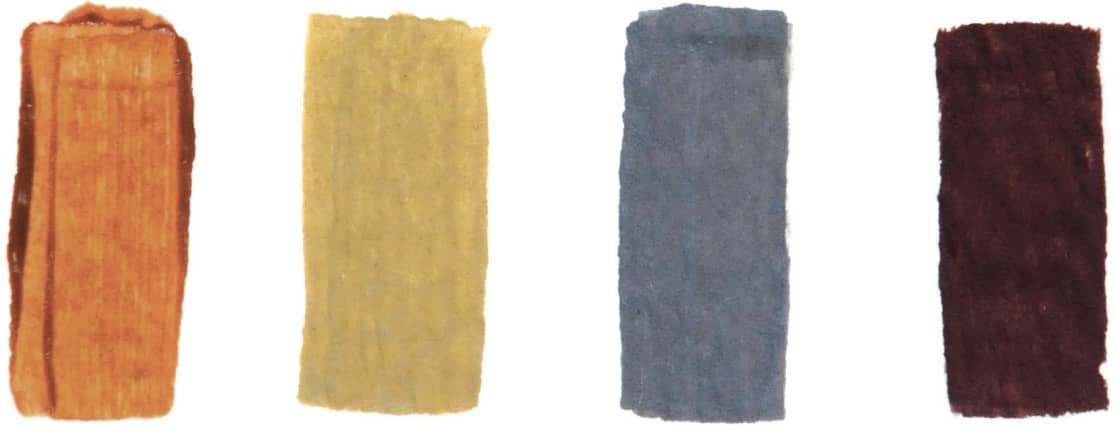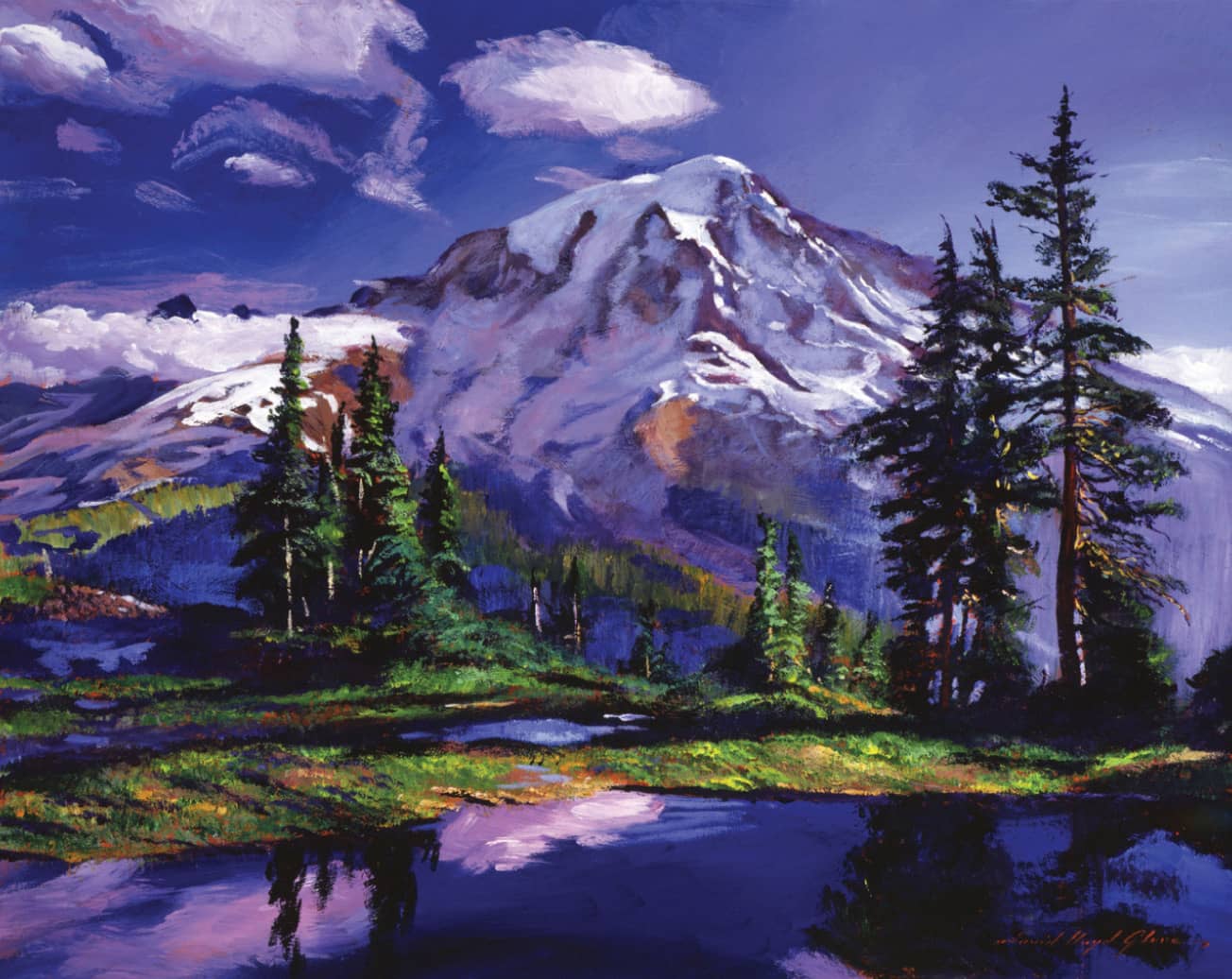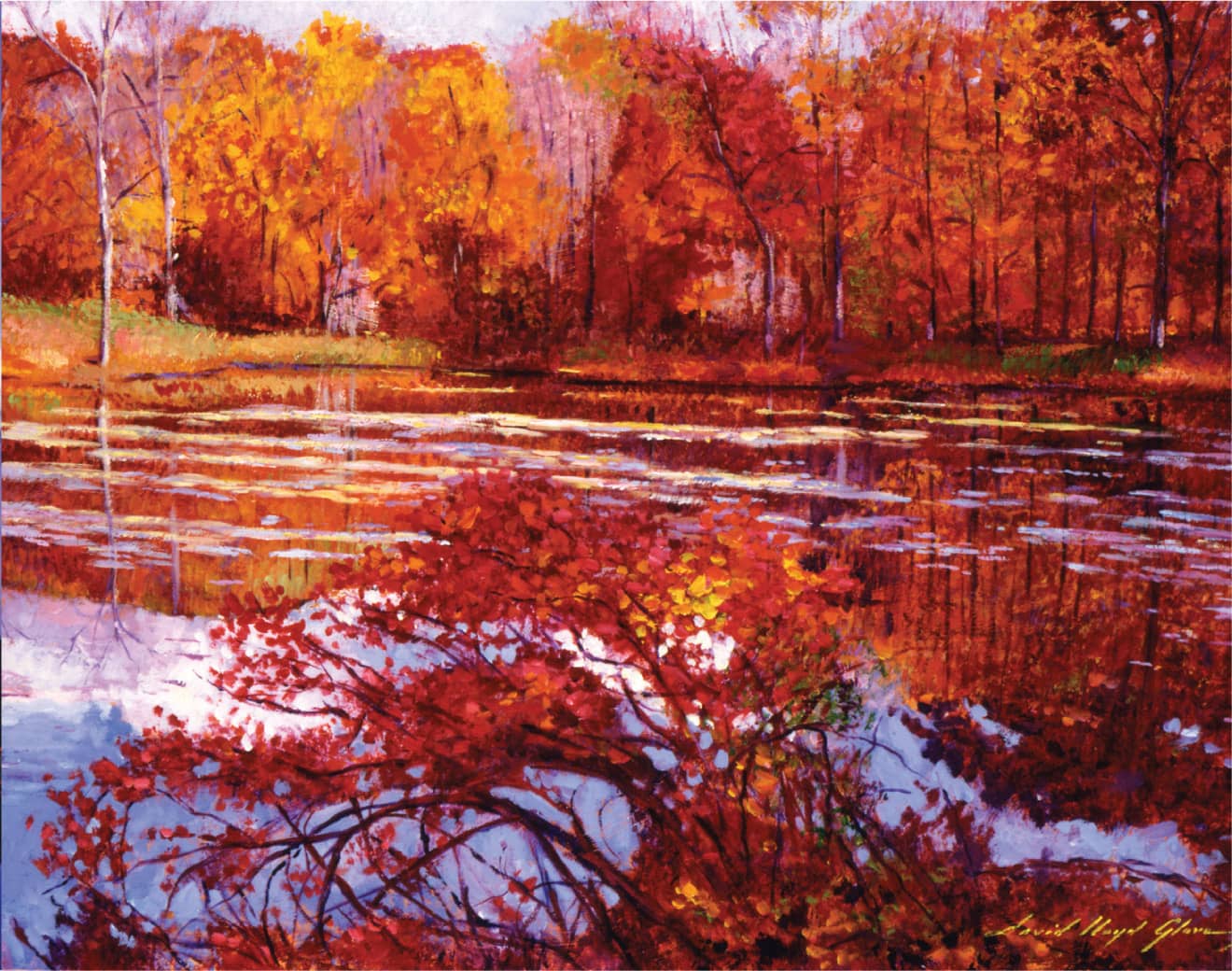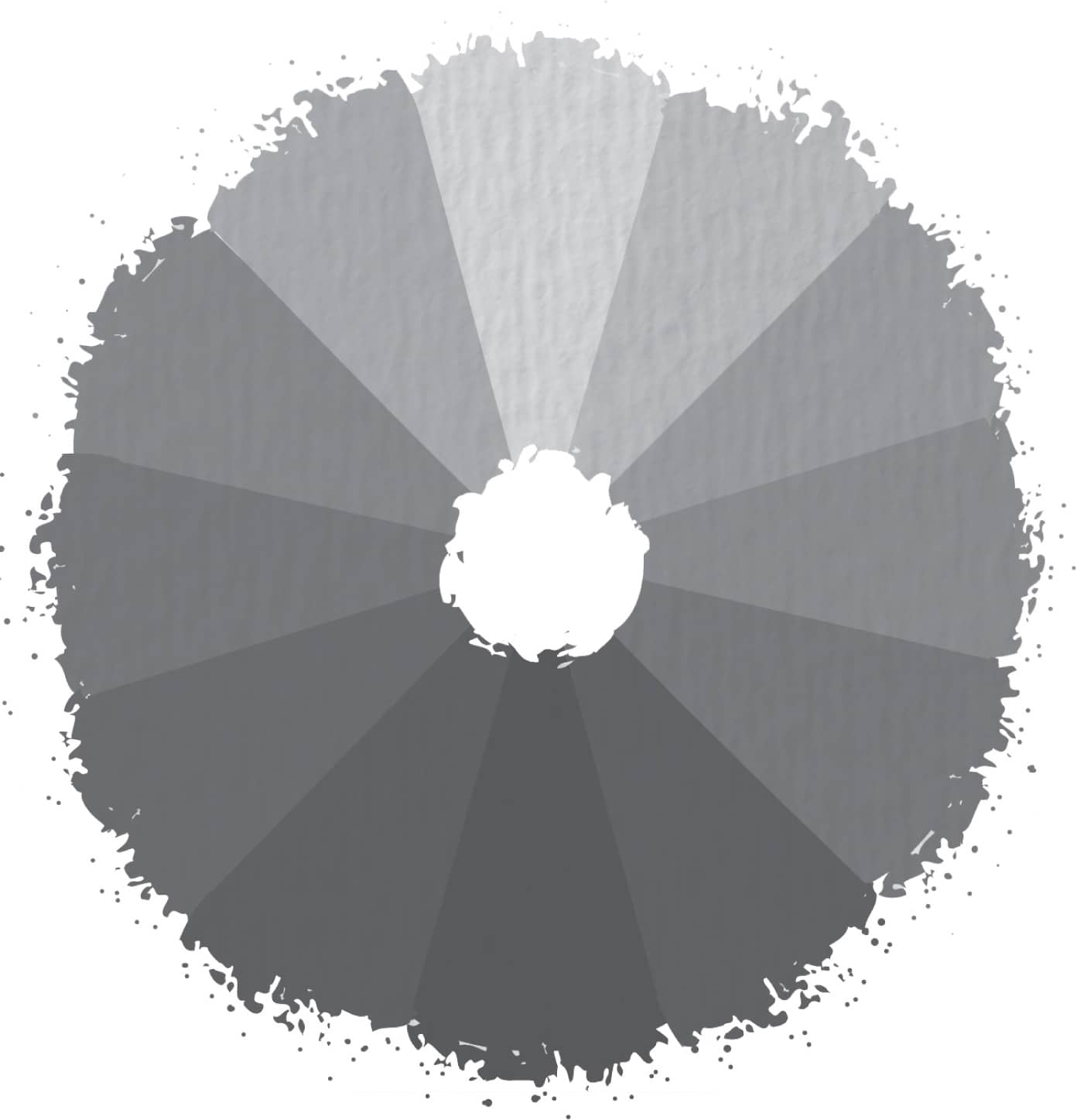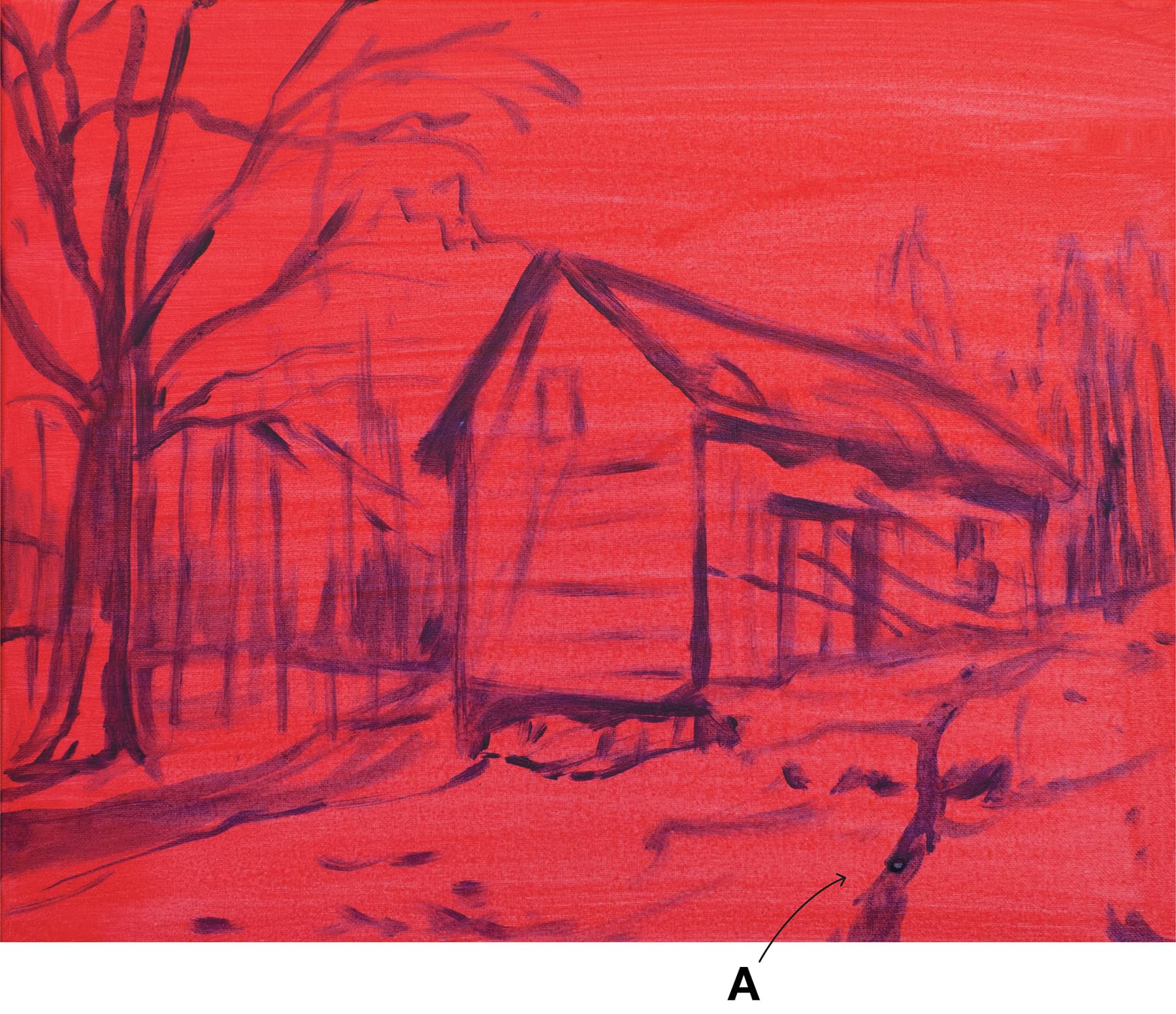David Lloyd Glover - Acrylic: Seasons: Learn to Paint the Colors of the Seasons Step by Step
Here you can read online David Lloyd Glover - Acrylic: Seasons: Learn to Paint the Colors of the Seasons Step by Step full text of the book (entire story) in english for free. Download pdf and epub, get meaning, cover and reviews about this ebook. year: 2017, publisher: Walter Foster Publishing, genre: Art / Computer. Description of the work, (preface) as well as reviews are available. Best literature library LitArk.com created for fans of good reading and offers a wide selection of genres:
Romance novel
Science fiction
Adventure
Detective
Science
History
Home and family
Prose
Art
Politics
Computer
Non-fiction
Religion
Business
Children
Humor
Choose a favorite category and find really read worthwhile books. Enjoy immersion in the world of imagination, feel the emotions of the characters or learn something new for yourself, make an fascinating discovery.

- Book:Acrylic: Seasons: Learn to Paint the Colors of the Seasons Step by Step
- Author:
- Publisher:Walter Foster Publishing
- Genre:
- Year:2017
- Rating:3 / 5
- Favourites:Add to favourites
- Your mark:
Acrylic: Seasons: Learn to Paint the Colors of the Seasons Step by Step: summary, description and annotation
We offer to read an annotation, description, summary or preface (depends on what the author of the book "Acrylic: Seasons: Learn to Paint the Colors of the Seasons Step by Step" wrote himself). If you haven't found the necessary information about the book — write in the comments, we will try to find it.
With comprehensive instruction and artist tips and tricks, Acrylic: Seasons is the perfect resource for beginning acrylic artists. Youll learn the foundational skills needed to start an art odyssey.
Acrylic: Seasons teaches aspiring artists everything they need to know to get started painting the different seasons in acrylic. From choosing paper and brushes to painting techniques, composition, and development, Acrylic: Seasons is bursting with valuable skills and lessons to help beginning artists master this approachable medium.
Talented artist David Lloyd Glover guides you through an exploration of painting a variety of seasonal landscapes*in acrylic*, covering basic painting concepts and techniques and rendering realistic textures. Building on these basic techniques, you will practice your craft with step-by-step projects that cover a variety of landscapes, including an autumn road, a spring garden, and a summer lake.
David Lloyd Glover: author's other books
Who wrote Acrylic: Seasons: Learn to Paint the Colors of the Seasons Step by Step? Find out the surname, the name of the author of the book and a list of all author's works by series.


